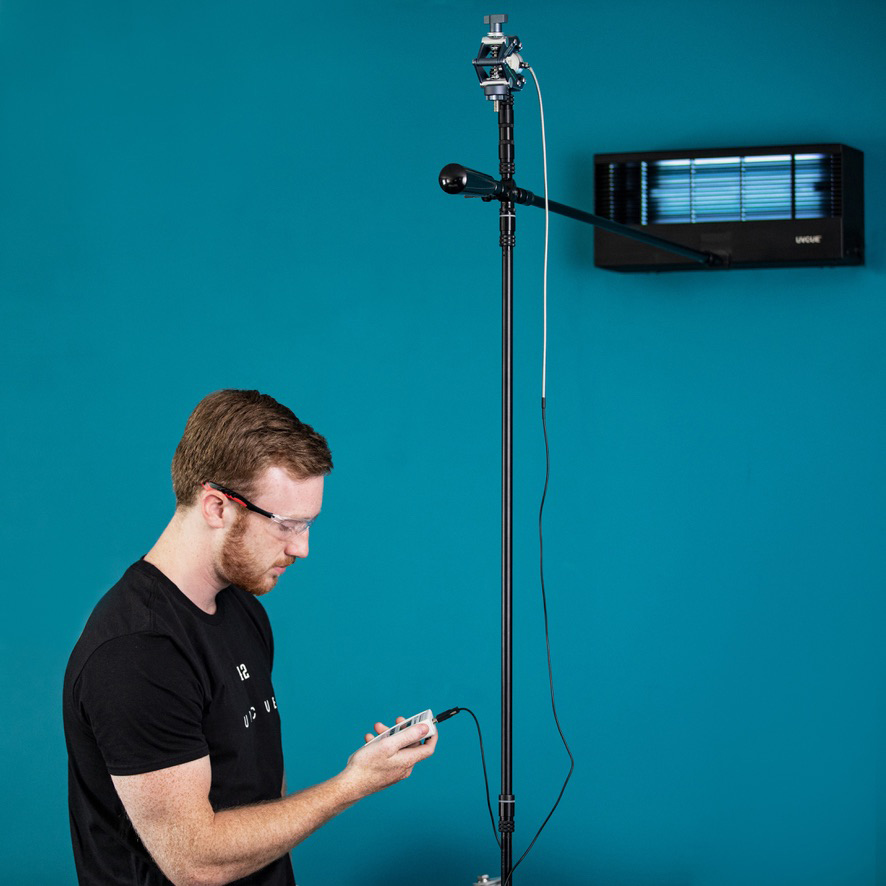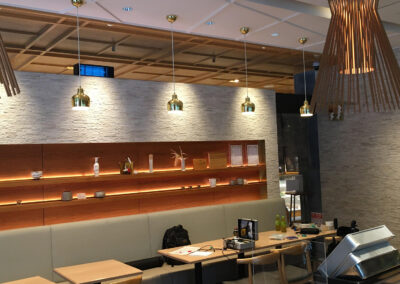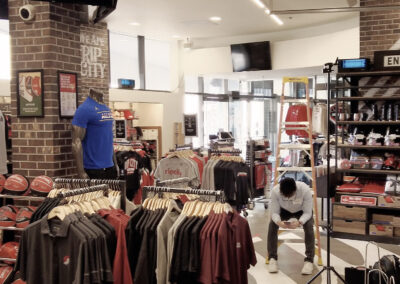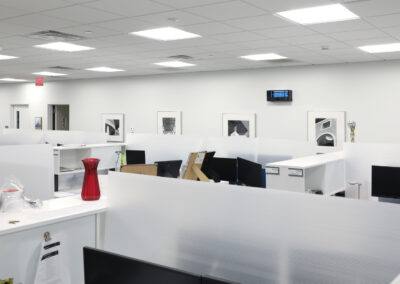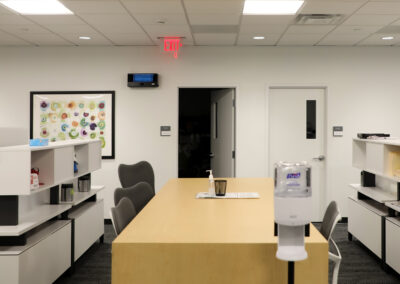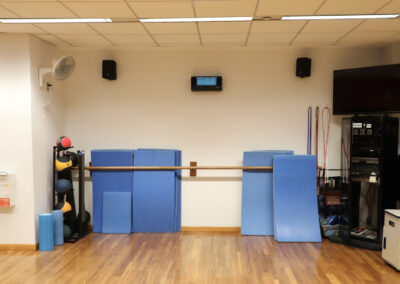WHAT IS UPPER ROOM GUV/UVGI?
“Upper room GUV works by flooding the upper room with germ-killing ultraviolet light to rapidly inactivate airborne pathogens. All known pathogenic microbes contain either DNA or RNA and are susceptible to GUV.”
Upper-Room GUV/UVGI Resource Links
UVCUE UA-42 Overview
Advanced louver system for optics
Integrated occupancy sensor
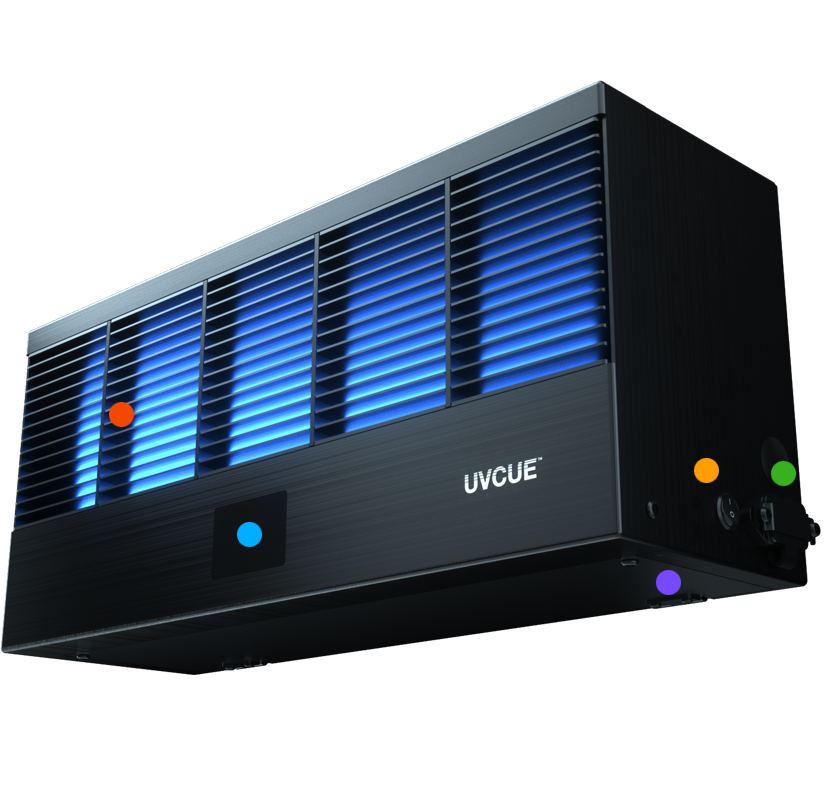
Plug & play ready
On & off switch
Easy access for maintenance
Third Party Verified
Airborne Efficacy Tests
The UVCUE units are designed to be installed high on the walls to create a UVC zone overhead. Airborne microbes enter the UVC zone due to thermal plume from body heat and ventilation, and are inactivated at a rate determined by the microbe’s susceptibility to UVC energy.
The table below shows the third-party testing results where listed microorganisms were aerosolized into the air and suspended using mixing fans. UVCUE units were installed at 7 feet. Air samples were taken at specified intervals and compared to control samples with the UVCUE unit off.
Above tests were performed by Intertek in a 10’ x 10’ x 10’ chamber with a temperature range of 70 degrees to 75 degrees and a relative humidity range of 48% and 57%. The chamber was sealed and mixing fans were used to provide buoancy to the microbes and mix the air within the chamber. Significant changes in airflow, chamber size, temperature, humidity, or other environmental factors may impact performance. The reduction rates of microbes to UVC energy depend on the UVC susceptibility of the microbe in question.
WHAT IS UPPER ROOM GUV?
“Upper room GUV works by flooding the upper room with germ-killing ultraviolet light to rapidly inactivate airborne pathogens. All known pathogenic microbes contain either DNA or RNA and are susceptible to GUV.”
Dr. Edward Nardell, Harvard Medical School
Planled Chief Advisor for Partner Education and Certification
Upper-Room GUV/
UVGI Resource Links
UVCUE UA-42 Overview

Advanced louver system for optics
Integrated occupancy sensor
Plug & play ready
On & off switch
Easy access for maintenance
Third Party Verified
Airborne Efficacy Tests
The UVCUE units are designed to be installed high on the walls to create a UVC zone overhead. Airborne microbes enter the UVC zone due to thermal plume from body heat and ventilation, and are inactivated at a rate determined by the microbe’s susceptibility to UVC energy.
The table below shows the third-party testing results where listed microorganisms were aerosolized into the air and suspended using mixing fans. UVCUE units were installed at 7 feet. Air samples were taken at specified intervals and compared to control samples with the UVCUE unit off.
Above tests were performed by Intertek in a 10’ x 10’ x 10’ chamber with a temperature range of 70 degrees to 75 degrees and a relative humidity range of 48% and 57%. The chamber was sealed and mixing fans were used to provide buoancy to the microbes and mix the air within the chamber. Significant changes in airflow, chamber size, temperature, humidity, or other environmental factors may impact performance. The reduction rates of microbes to UVC energy depend on the UVC susceptibility of the microbe in question.
Register
UVCUE Webinar
Planled offers webinars on UVCUE and related topics. Please submit the form below if you would like to register for an upcoming webinar or request a private webinar for your company.



